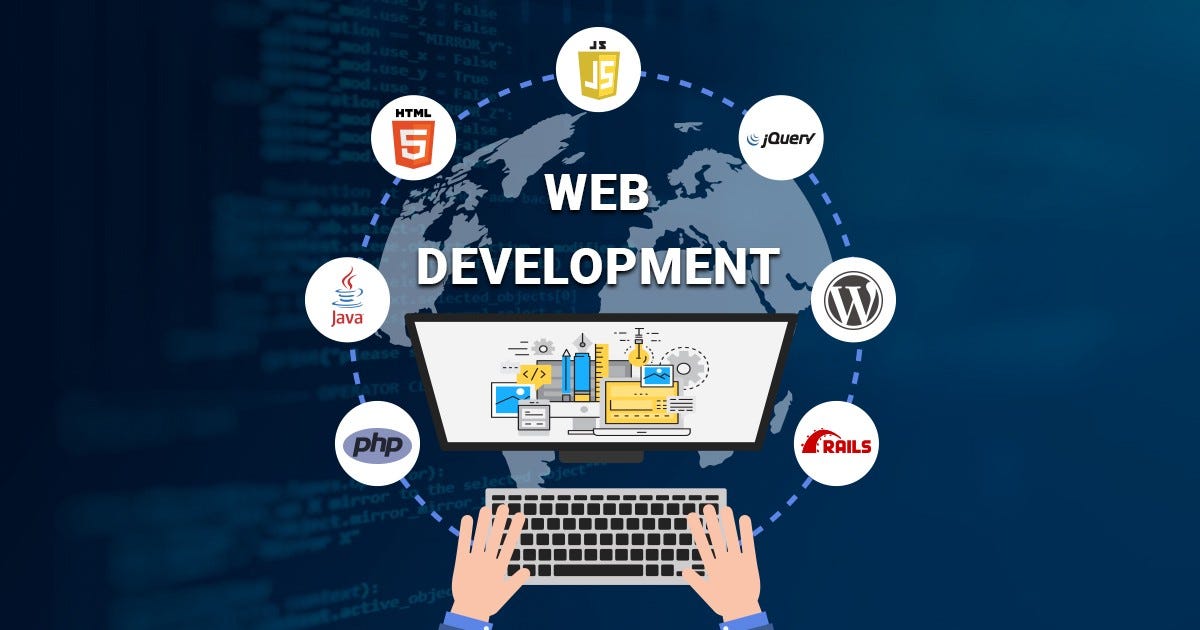
The digital landscape is undergoing a seismic shift, ushering in a new era of innovation known as Web3 development. This emerging paradigm aims to redefine how we interact with the internet by prioritizing decentralization, user ownership, and enhanced security. As traditional systems face increasing scrutiny for their limitations and inefficiencies, developers are embracing the opportunities provided by blockchain technology and decentralized applications to create a more inclusive online experience.
Web3 development represents a crucial advancement in our technological journey, promising to dismantle the barriers imposed by centralization. With a focus on empowering users and promoting transparency, this movement is not just about new tools or platforms; it’s about reshaping the very foundation of digital interaction. As we delve into the world of Web3, we will explore its potential, the challenges it faces, and the role of developers in this transformative process.
Understanding Web3: The Decentralized Web
Web3 represents a significant shift in how we interact with the internet by focusing on decentralization, user ownership, and trustless systems. Unlike the traditional web, where data and power are concentrated in the hands of a few centralized entities, Web3 aims to empower individuals by allowing them to control their own data and digital assets. This transition is driven by the underlying technology of blockchain, which provides a transparent and secure framework for online interactions.
In a Web3 environment, applications are built on decentralized networks that enable peer-to-peer connections without the need for intermediaries. This not only enhances privacy and security but also fosters innovation by allowing developers to create more open and inclusive platforms. Users can engage directly with one another, share resources, and transact securely, creating a more democratic online experience where every participant has a voice.
The concept of decentralization extends beyond just technology; it also influences the culture and community surrounding Web3 development. thirdweb Collaboration, transparency, and shared ownership are core principles that drive this new era of the internet. As developers and users alike embrace these values, the potential for creativity and collaboration expands, paving the way for a vibrant ecosystem where new ideas can thrive and redefine our digital landscape.
Key Technologies Driving Web3 Development
Web3 development is fundamentally anchored in blockchain technology, which provides a decentralized and secure system for transaction verification and data management. Unlike traditional systems that rely on central authorities, blockchain enables peer-to-peer interactions, allowing developers to create applications that are more resilient against single points of failure. Various blockchain platforms, including Ethereum, Solana, and Polkadot, offer diverse capabilities such as smart contracts and interoperability, which are essential for the development of decentralized applications.
Another crucial technology is decentralized storage, which addresses the challenges of data ownership and security in the digital landscape. Solutions like IPFS (InterPlanetary File System) and Filecoin facilitate the distribution and storage of data across the network, allowing developers to create decentralized applications without relying on centralized servers. This encourages a more user-centric approach, where individuals have greater control over their data, enhancing privacy and reducing reliance on large tech corporations.
Additionally, the rise of decentralized finance (DeFi) tools and protocols is reshaping the financial services landscape within Web3 development. These platforms utilize blockchain technology to enable peer-to-peer transactions, lending, and trading without intermediaries. This democratization of finance is making it easier for developers to create innovative financial solutions that cater to users around the globe. As DeFi continues to evolve, it opens up a new realm of possibilities for developers to build robust, secure, and accessible financial systems.
Challenges and Opportunities in Web3
The transition to Web3 presents unique challenges that developers must navigate. Scalability is a major concern, as many blockchain networks struggle to handle a large number of transactions efficiently. Issues like network congestion and high gas fees can hinder user experience and slow adoption. Additionally, the complexity of smart contract development can lead to security vulnerabilities, making it critical for developers to prioritize security and best practices in their coding efforts.
Despite these challenges, Web3 also offers significant opportunities for innovation. The decentralized nature of Web3 can empower users by providing ownership and control over their data, fostering trust and transparency. Developers have the chance to create applications that prioritize user privacy and reduce reliance on centralized platforms. This shift can open doors for new business models and revenue streams, as traditional intermediaries are bypassed.
Moreover, the growing interest in decentralized finance, non-fungible tokens, and decentralized autonomous organizations highlights the vast potential of Web3. Innovators can tap into various sectors, from gaming to finance, creating solutions that meet the evolving needs of users in an increasingly interconnected digital landscape. By embracing the challenges and seizing the opportunities, developers can play a crucial role in shaping the future of the internet.